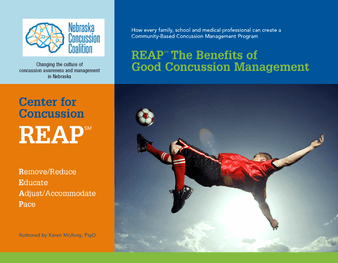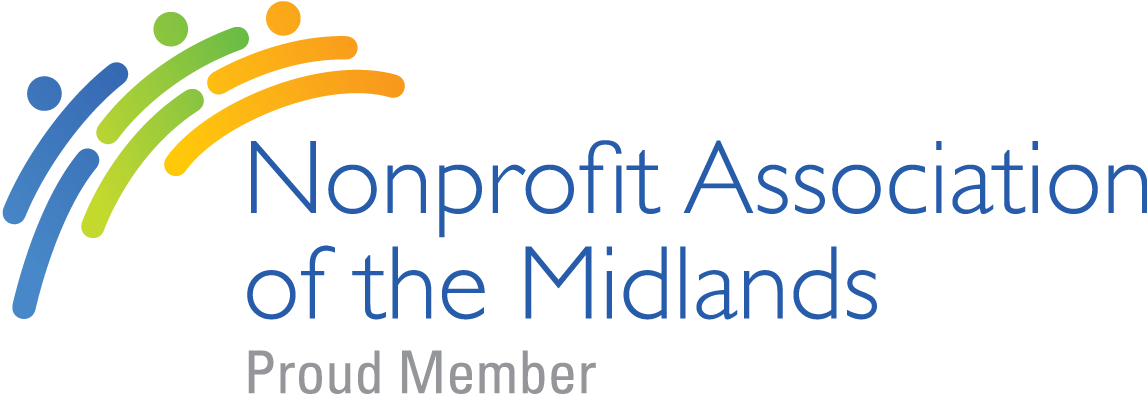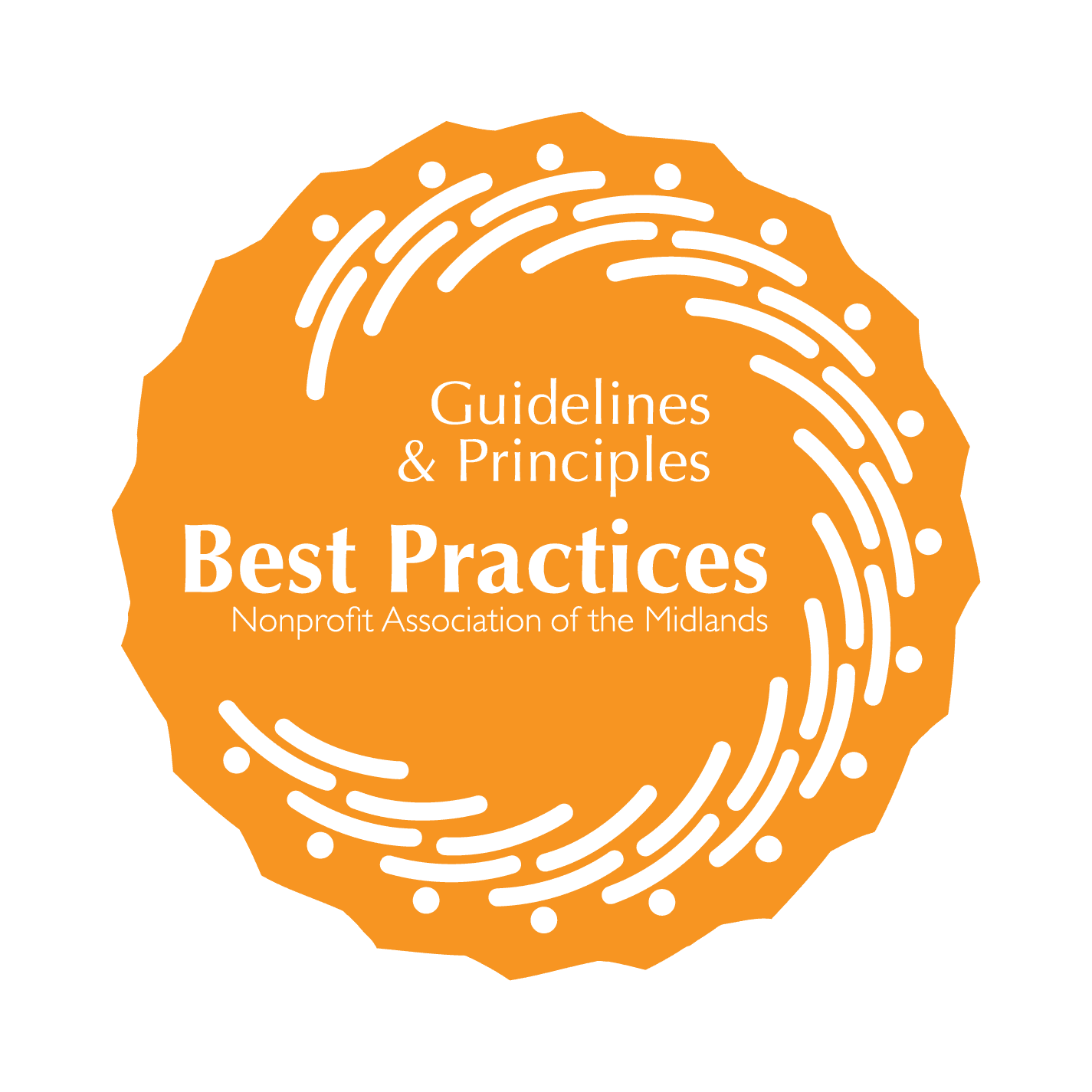As a parent or educator of a student-athlete, you are likely all too aware that competitive sports come with the risk of injuries. Heightened emotions, adrenaline, and unpredictable outcomes all play a factor, and as a result, accidents and injuries can happen.
One injury to pay particular mind to is a concussion, as it has the ability to sideline your student from more than just the sport or game at hand. Without proper identification, management, and accommodations, a concussion can have lasting effects on your student’s grades, relationships, and mental health.
How to Recognize a Concussion
Whether your student hit their head while on the field, court, track, or at home, it’s important to know how to recognize a concussion so that they can get proper treatment right away.
Signs to watch for in your student (these can happen immediately after experiencing a concussion or even weeks after):
- Appears dazed or stunned
- Answers questions slowly and/or repeats questions
- Unable to recall events prior to and/or after the hit, bump, or fall
- Loses consciousness (even briefly)
- Shows behavior or personality changes
- Forgets an instruction or assignment
- Complains about symptoms like
- Pressure/pain in their head
- Nausea
- Grogginess, fatigue, and/or brain fog
- Sensitivity to light or sound
- Vision problems
- Difficulty concentrating or remembering things
- Not feeling right or feeling down
A great resource for concussion identification is the Heads Up Concussion Information Sheet by the Centers for Disease Control.
Managing a Concussion/Concussion Symptoms
A concussion can disrupt the normal functions and pathways of the brain, from regulating body temperature, blood flow, and balance to processing memories, thoughts, and emotions–making it difficult for students to learn, maintain relationships, and control their emotions. Thankfully, this disruption tends to be temporary, especially when managed and treated properly.

To help you manage concussions for your student, we offer a comprehensive guide in partnership with members of the Nebraska Concussion Coalition–The REAP Concussion Manual.
REAP ( Remove/Reduce | Educate | Adjust/Accommodate | Pace) is a community-based model for developing Concussion Management Teams to identify and manage concussions–allowing the community to work together to help students recover and return to learning after a concussion.
You can also make use of the TACT Tool to develop accommodations and strategies to ease your student back into the classroom. Learn more at https://www.getschooledonconcussions.com/nebraska/
(password: TACTnebraska2020)
Need additional help with concussion management?
Reach out to us at info@biane.org to get connected with a Resource Facilitator.
Our Associations & Memberships
-
 Nonprofit Association of the Midlands
Nonprofit Association of the Midlands -
 NAM Best Practices Partner
NAM Best Practices Partner




